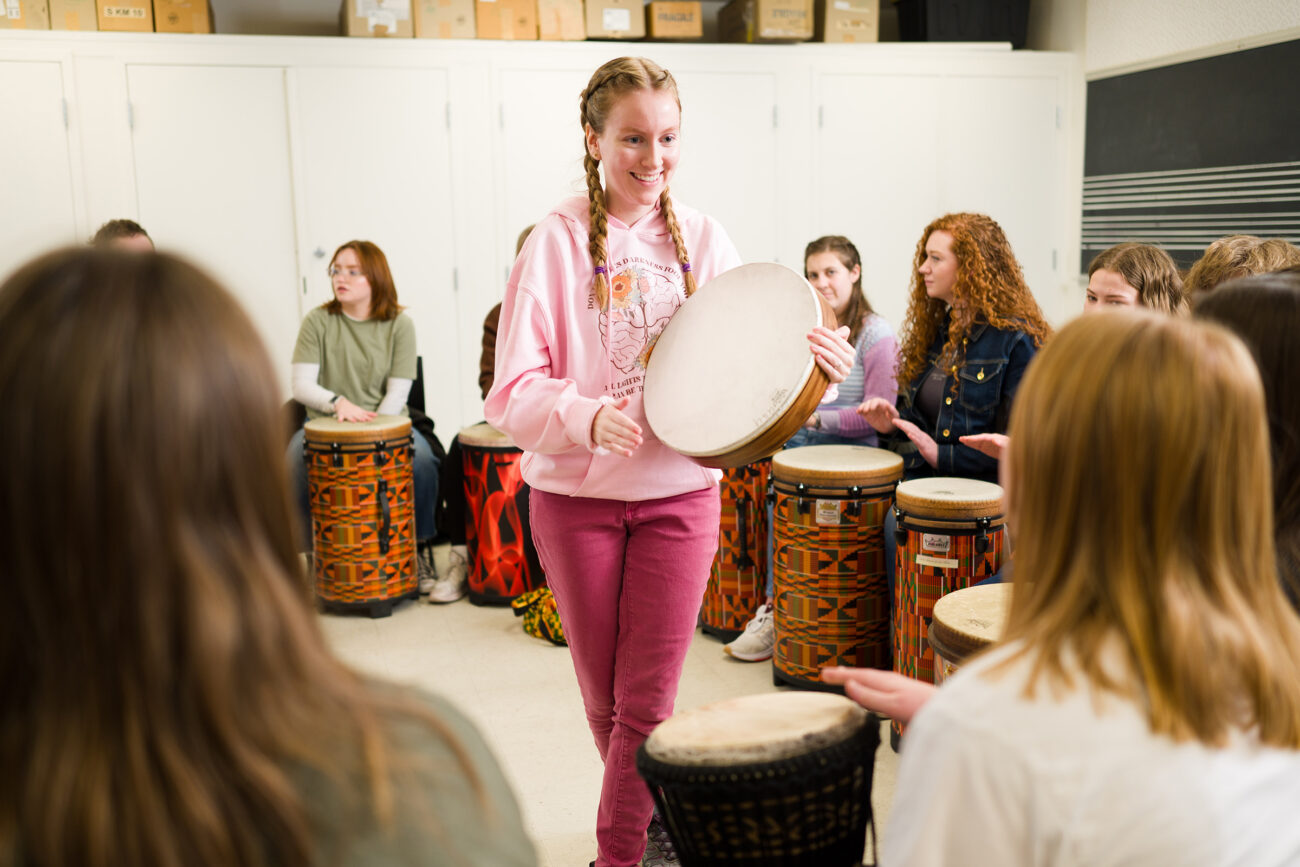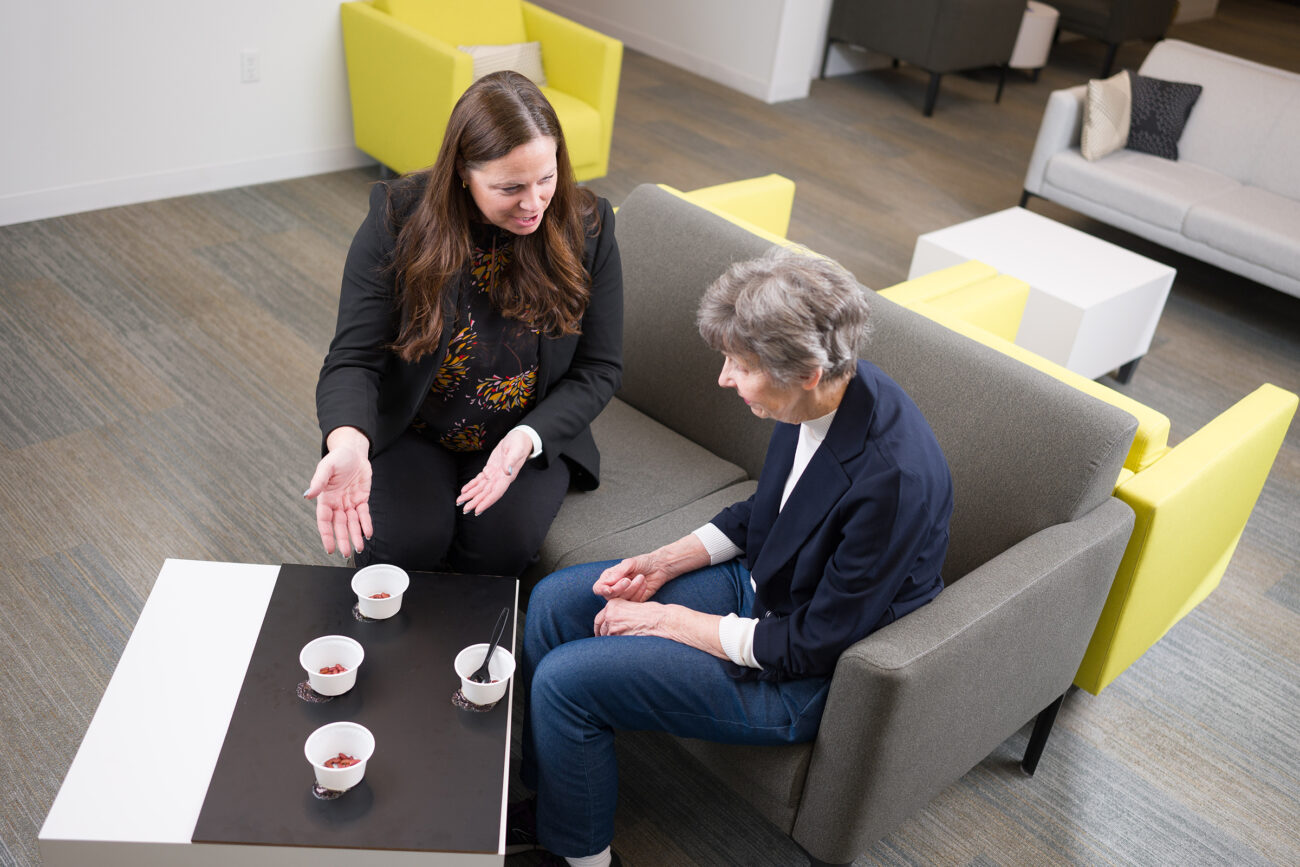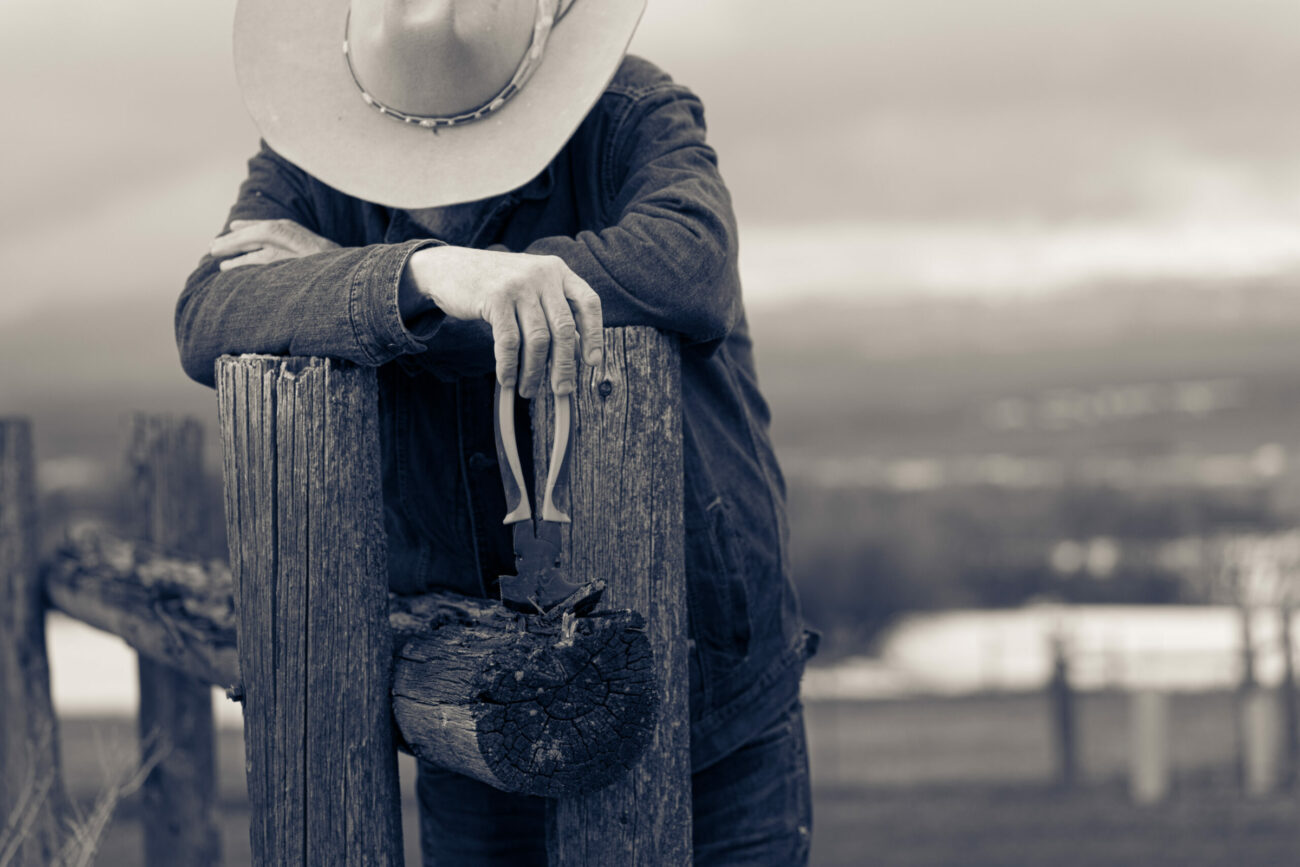Art is for Everyone
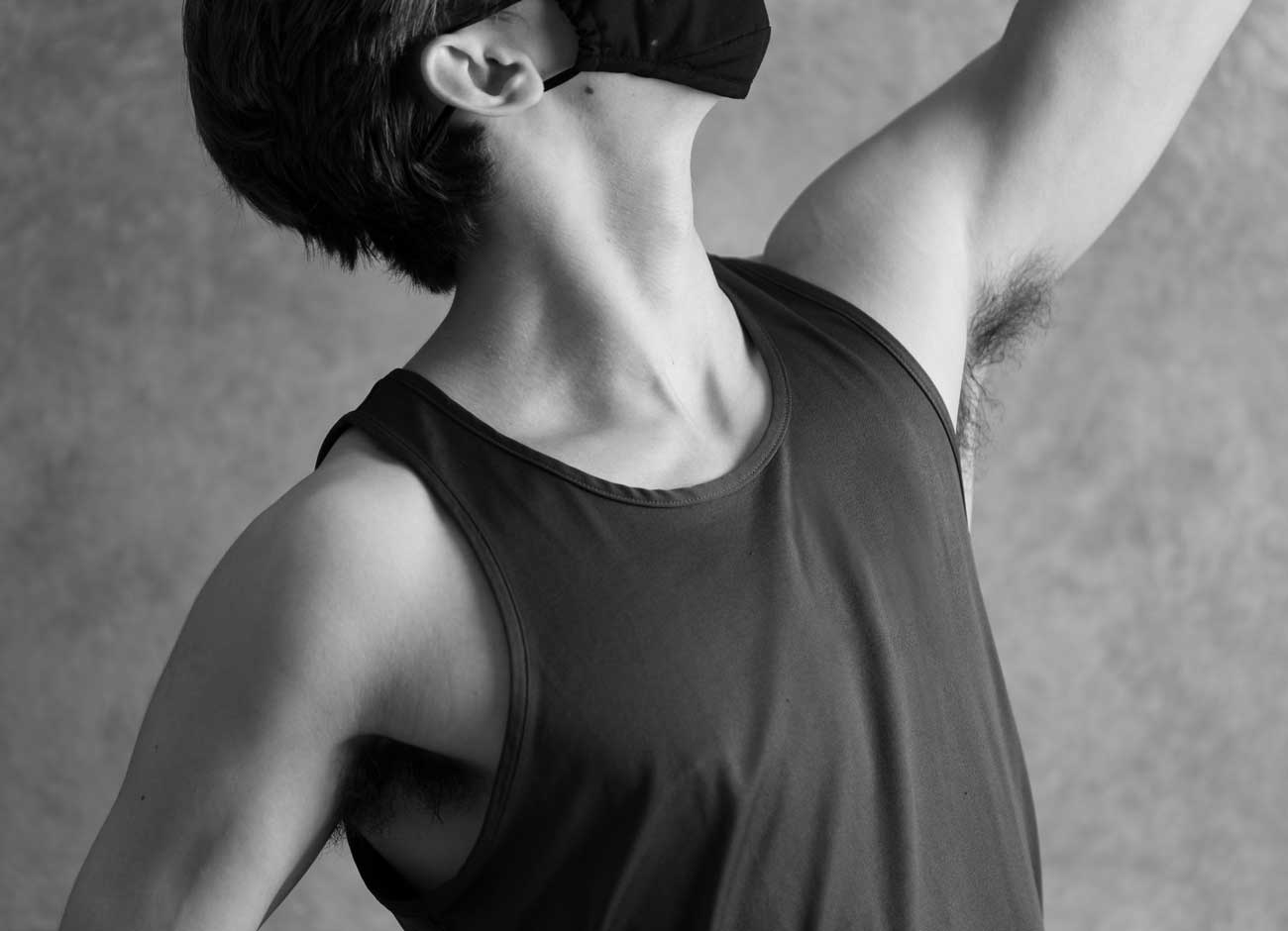
It is safe to say that this pandemic pauses our regularly scheduled lives.
We find ourselves significantly cut off from experiencing art. Empty stages, dark theaters, vacant art galleries, closed classes. But imagine having pandemic-like restrictions placed upon you just because of who you are. What if you were banned from a theater performance because you couldn’t sit still or would vocally interrupt the show? What if you weren’t given the chance to paint because you couldn’t hold a paintbrush? What if you weren’t allowed to dance because your legs function differently? COVID-19 offers a glimpse into how people who are regarded as different become isolated from participating in the arts.
Art is for everyone! It is like oxygen – needed, but unnoticed. It weaves through our culture. It builds identity, develops tenacity, and forges our social understanding. It becomes part of the human experience, fueling our creativity and hope. Have you been inspired by listening to music, observing a dance, watching a play, reading a book, or looking at a painting or sculpture? Did it make you think, change your emotion, engage your imagination, or make you crave for more? What we sometimes forget is that we are all artists: we sing in the shower, we dance in the kitchen, and we doodle on paper. It’s both healthy and necessary for everyone to be artists—especially when we are separated from others for a time.
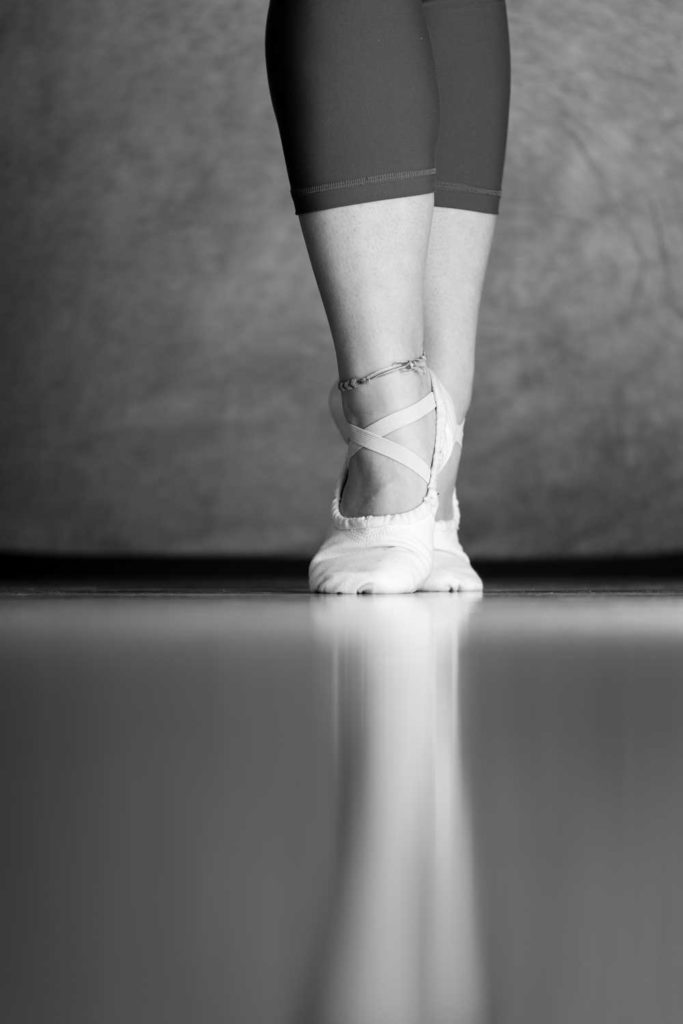
Stuart Brown, in his book Play: How it Shapes the Brain, Opens the Imagination, and Invigorates the Soul, says, “…[play] is intensely pleasurable. It energizes us and enlivens us. It eases our burdens. It renews our natural sense of optimism and opens us up to new possibilities … play lies at the core of creativity and innovation.” We forget how it feels to be the artist, the creator, the improviser, the writer. We are socialized to think that only ‘the trained artist’ is eligible to the benefits of art; we place such high expectations on those who create/enjoy/engage in the arts that we self-quarantine and keep ‘six-feet, socially-distanced’ to art by choice.
As the program coordinator for Arts Access, I work to debunk the myth that art is exclusionary and out of reach for those with disabilities. In 2007, Beverly Taylor Sorenson, a passionate advocate for children and the arts, endowed the Caine College of the Arts with funding to create a program that would offer art experiences to students with disabilities, primarily within the elementary and secondary school systems. Raymond Veon, the founding director for Arts Access, and I advocate for the arts, working with schools and other organizations to create artistic experiences for their students. Arts Access provides teaching artists and training videos, supports performative events and transportation to theaters, and organizes conferences and family art camps.
As a dancer, parent, and educator, I am so grateful for a program that promotes the arts to all and am so grateful to watch art happen in the lives of these students. We’ve seen young people of all abilities THRIVE when offered the opportunity to create. I remember one student who was reaching that older age where it wasn’t cool to do art anymore. I knew from working with him that he loved superheroes, so I prepared my playlist and my dance lesson plan accordingly. I had the students lumber heavily like the Incredible Hulk and fly like Superman. He became more invested as we moved through each of the superheroes, but when we got to Spiderman, oh wow! He just lit up! He started wrist shooting his imaginary web and pulling his aide toward him, alternating webs from table to table, and taking the superhero stance. Yes, it was a planned attempt to get him to participate, and it was incredibly worth the effort.
Arts Access teaching artists continue to expand and empower students in varied art forms. Jeff Mather, a sculptor and site artist, has taught students how to use power tools as they work together to build amazing sculptures that fill rooms, hallways, and outdoor spaces. Marquetta Johnson, a textile artist, is magical in building up her students one by one, making them reach their ‘limitless potential. The arts offer the chance to see true humanity at work; students rallying to help one another participate, reaching a common goal to create a mural, finding connections with those who are different. Finding acceptance and being included. This is the goal.
During COVID, Arts Access is continuing its outreach to students. Through the use of Zoom and protected in-class visits, actor Barry Stuart Mann and I are working with the Sound Beginnings’ preschool and kindergarten classes to offer a taste for creating art and opening up imaginations. Mr. Barry, who lives in Atlanta, Georgia, Zooms with the students remotely. Like a reincarnation of Mr. Rogers, Mr. Barry can tell a story and engage students from 2,000 miles away. I have the pleasure of meeting with the students in person, using the elements of Mr. Barry’s stories to dance and move through space. Each class is unique and has its own surprises, so, being flexible and finding what interests the students is the key to offering creative experiences.
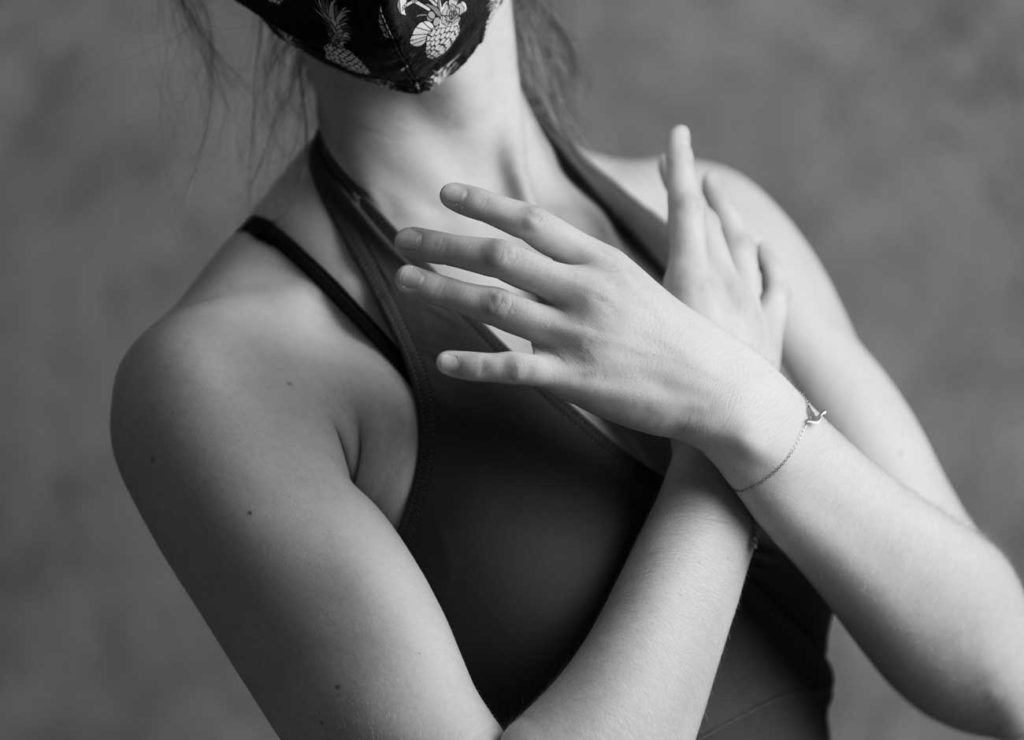
We are socialized to think that only ‘the trained artist’ is eligible to the benefits of art; we place such high expectations on those who create/enjoy/engage in the arts that we self-quarantine and keep ‘six-feet, socially-distanced’ to art by choice.
For instance, one class wanted to just run and jump and play. From behind my face shield, oblivious to my dance lesson plan but fully engaged in our own kind of creative movement, I heard an energetic young student say, “Ms. Stephanie, you are sweating.” Yes, yes, I was. I was dancing and trying to keep up with them. I needed to dance just as much as they did. Especially at this time, to dance with my students, whether they be in preschool or in college, is an incredible privilege for me and whether we have to dance with masks or on Zoom, we will continue to dance.
So, while experiencing the joy of art, in large groups or as audience members, is still cautiously on hold, it’s worthwhile to reflect on what’s been missing and to recognize how critical it is to include everyone, even ourselves, to fully participate in the arts. Pull out those knitting needles, buy some clay, dust off those dance shoes! Give yourself the gift of art, which is so easily accessible and totally rewarding.
By Stephanie R. White
Stephanie R. White is the program coordinator for Arts Access and professional practice instructor for USU’s Department of Theatre Arts. Learn more about Arts Access



